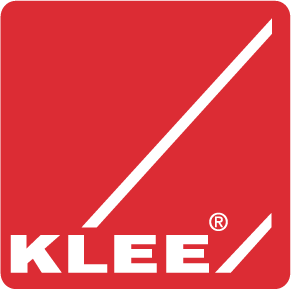Information about indexing plungers
Brd. Klee offers the complete range of Elesa+Ganter indexing plungers.
What is a indexing plunger?
A indexing plunger is used for – yes – indexing. In the picture is a board which can be turned 180 degrees so that you can use both sides. An indexing plunger is used to hold the board in place. When the board needs to be rotated, you pull out the bolt and put it back in when the new position is reached. Some types are available with a stop lock, which protects against accidental release of the locking.
Where are indexing plungers used?
Everywhere! Take a look at the firness machines in your local gym and you will see that many of them are adjusted using indexing plungers. In the industry they are used e.g. for doors, X-Y-Z positioning of rails, fixation of items and much more.
Accessories for indexing plungers
ISO-standard lock nuts/lock nuts in steel or stainless steel (e.g. ISO 4032, ISO 4035 and ISO 8675), mounting pieces and mounting blocks (e.g. GN 417.1 and GN 412.1). For GN 613, mounting tool GN 613.1 is available, which facilitates fixation when mounting many plungers.

Types and materials
At klee.dk we have indexing plungers with or without rest position
Illustration: GN 613
GN 613 is without rest position and is available in three variants. Type A is with a knob for operating the release mechanism, type AK is similar but with a nut for tightening the indexing plunger on e.g. a plate. Type G is with threaded pin, without nut and without operating knob.
GN 817.6 is a stainless indexing plunger with a Sick sensor, which enables electronic monitoring using a magnet integrated in the pin.
If there is a need to mount the indexing plunger to a subject, there are types available with a mounting plate with two holes for countersunk screws, for example GN 608.5 or GN 608.6.
The locking pin is always steel or stainless steel. The handle is available in steel, stainless steel or plastic with the option of different colours.

Need help?
If you do not find the right indexing punger for your application here on the pages, or if you need guidance, then you are welcome to contact us.
Go to indexing plungers
